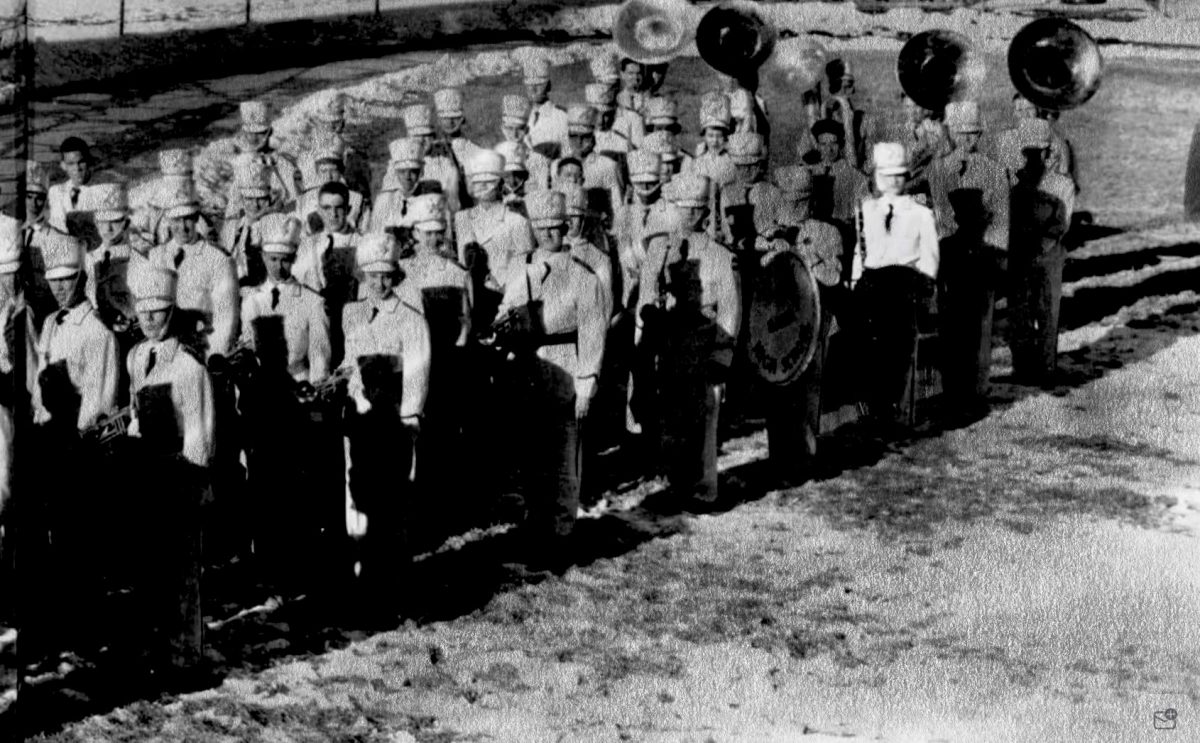Women’s impact in legislative law
May 1, 2019
Despite the progression the United States has accomplished over the years dealing with issues such as the representation minorities throughout the country, the government has failed in the representation of the women throughout all political bodies. There is an overwhelming shortage of female empowerment throughout the Senate, House of Representatives, Congress, and presidential cabinet members. Women compose a majority of the United States population yet hold less than 20 percent of the congressional seats.
Compared to other nations, the United States is falling short, ranking 98th in the world for percentage of women in legislature out of 195 countries, just behind Kenya and Indonesia. Out of the 50 governors, only 5 are women, and twenty-four states have never had a female governor. The percentage of women holding statewide and state legislative officials in less than 25 percent and only 12 out of the 100 largest cities have female mayors. A recent study has shown that with the current politics, it will take around 500 years for women to gain equal representation in the United States government.
Various studies performed by the American Political Science Association have shown that women elected into legislative positions are more likely to more bills than men regarding areas of civil rights, environmental issues, education, health, employment issues, and others. Globally, research has shown ethnically diverse and divided nations elect women rather than men to key national leadership offices and end up with better economic performance.
Other nations, with a high percentage of women in office, use “fair representation” electoral systems, also known as proportional representation. These methods use multi-seat districts where political parties win seats in proportion to their vote share. Thus, creating a multi-party democracy, allowing each political party to earn its fair share of representation and allow each party to offer its fair share of choices for candidacy. This creates a fair system allowing each party to present their choices for office, including women.
Although the United States is considered one of the world’s leaders in economy and industry, it continues to fall short of representation of all minorities in positions of power, including women.




















